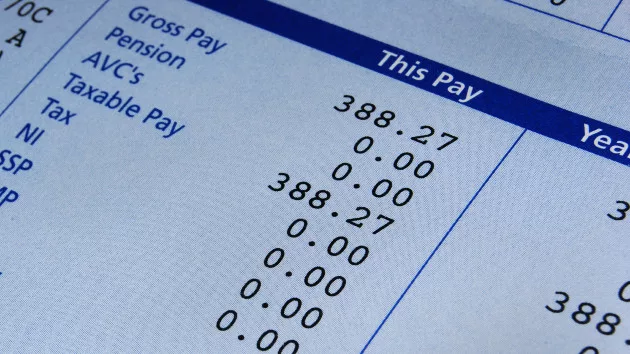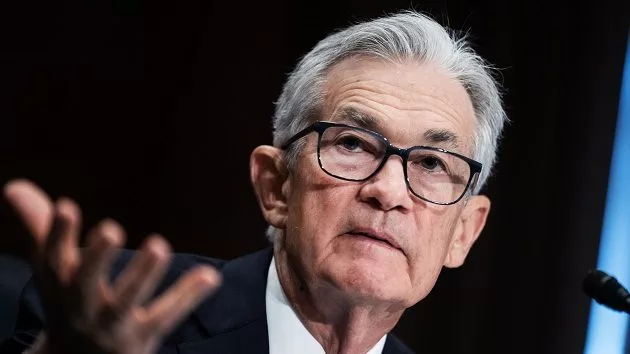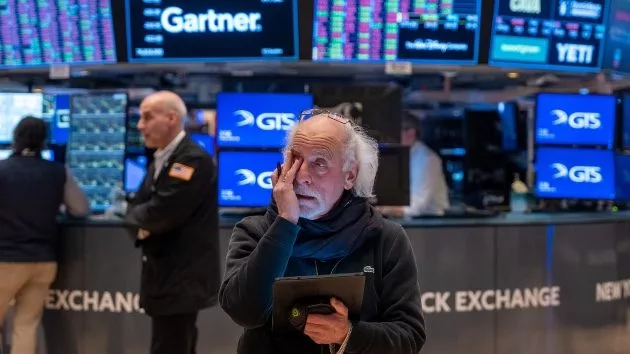
(LOS ANGELES) — Fast food workers defied skeptics roughly a decade ago with the “Fight for $15,” a campaign demanding an industry-wide pay floor at more than double the federal minimum wage.
That aspiration spread across the low-wage workforce, helping to achieve a base pay of $15 per hour in six states and dozens of cities that play host to tens of millions of workers.
Fast food workers in California will soon attain a higher baseline: $20 an hour. The fresh standard could hold significant implications for workers nationwide, experts told ABC News.
Low-wage workers in California across industries will certainly see a raise as their employers compete against the pay offered by fast food companies, economists said.
The approach in California has elicited copycat campaigns in other states and may become a fixture of demands among low-wage workers engaged in union drives.
“This creates a new benchmark,” Ken Jacobs, co-chair of the Labor Center at the University of California, Berkeley, told ABC News. “We went through the Fight for $15 and now $20 is out there as a new target wage.”
The National Restaurant Association, an industry trade group, did not immediately respond to ABC News’ request for comment.
In September, California Gov. Gavin Newsom, a Democrat, signed into law the measure that established a $20 an hour minimum wage for some 500,000 fast food workers. The pay floor will go into effect on April 1.
The minimum wage overall for workers in California, by contrast, stands at $16 an hour.
The disparity in minimum pay between fast food employees and the rest of the workforce sets up a dynamic referred to as “spillover effects,” in which a pay increase for one set of workers drives up the wages of a different group, Paul Wolfson, a research fellow at Dartmouth College who studies the minimum wage, told ABC News.
“Anyone in California making less than the new minimum wage in fast food will say, ‘Hey, I can get a job at Wendy’s, McDonald’s, or Taco Bell and make more money,'” Wolfson said.
At risk of a failure to recruit and retain workers, California-based employers in other sectors will likely respond by raising wages, economists said.
Even more, the legislation could influence the pay of workers beyond California, they added.
First off, workers within commuting distance of the California border could travel to the state for a job that qualifies for the $20 an hour minimum or pose a credible concern for current employers about the possibility, some economists said.
“It could have small effects right along the border,” Jacobs said, acknowledging that few major population centers are located in the area alongside California, unlike the region surrounding New York.
The new minimum wage for fast food workers could deliver a boost for low-wage workers nationwide, meanwhile, if it adds momentum to similar campaigns in other states or helps unionizing workers demand $20 an hour in collective bargaining, economists and advocates said.
The California law, however, would not put direct pressure on low-wage employers located far from the state, since workers are unlikely to move a long distance for the pay increase.
“The main issue here is a political question,” said Jacobs. “In other states or cities, do we see governments enact similar policies?”
Such a push appears to have begun. Nursing home workers in Minnesota are set to receive a pay increase in August after a newly established statewide board sets standards for the industry.
A bill pending in the Illinois legislature would create such a board for workers who educate and care for young children. A Massachusetts measure would set a minimum wage for rideshare drivers.
The approach allows hundreds of thousands of fast food workers to bargain collectively over the terms of their work at large companies across a given sector, rather than be forced to form a union at a single workplace and negotiate with one employer at a time, Paul Sonn, state policy program director at the nonprofit National Employment Law Project, told ABC News.
The strategy circumvents difficulties faced by traditional union drives under U.S. labor law, Sonn added.
Starbucks workers, for instance, have organized more than 360 stores since 2021. But the union and Starbucks have yet to reach an agreement on a labor contract at any of the stores.
In a previous statement to ABC News, a Starbucks spokesperson faulted the union Workers United for a failure to meet with company representatives over contract bargaining.
If employers refuse to bargain with workers, Sonn said, the sector-wide approach offers them a way to attain a raise.
“This is a way for workers to improve their industries when their employers are getting away with stalling,” he added.
Copyright © 2024, ABC Audio. All rights reserved.








